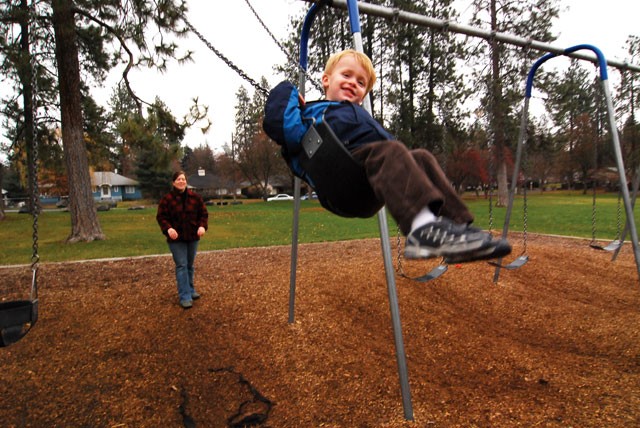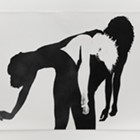
When Kammy and John Doerschlag’s second son, Joey, was born in 2005, they had a happy, healthy infant — for a day. By Day Two, they began to see changes, especially when Joey was breastfeeding.
“On the first day, he latched on and he was able to nurse right away,” Kammy recalls, “but then the second day he couldn’t latch on.”
Still, Joey was a quiet baby, almost serene, and no one else seemed to see anything wrong. “In fact, they thought the opposite,” says John. “They thought he was doing really well, because he was so calm.”
By the fifth day, Kammy says, Joey was even sicker, so they took him to the ER. Doctors determined that Joey was born with citrullinemia, one of a group of rare conditions known as urea cycle disorders. Children with citrullinemia lack one specific enzyme that helps the liver process ammonia. Without that enzyme, ammonia builds up in the bloodstream and brings on lethargy and inability to feed; in a short time, the toxicity progresses to brain damage, coma and death.
Joey was immediately airlifted to Seattle’s Children’s Hospital, where medications and dialysis brought his ammonia levels under control — temporarily — while Kammy and John began the intense learning curve about their son’s disorder.
Some urea cycle disorders can be controlled with medication, but recommended treatment for citrullinemia is a liver transplant. The family underwent the rigorous testing necessary to be accepted into the transplant program, and Joey was placed on the waiting list. During three months of waiting, their lives revolved around keeping Joey as healthy as possible — or facing the consequences. He had to be fed every three hours, day and night, they recall.
“If we missed [a feeding], he’d get really sick,” says John. “He’d start to metabolize his own protein in his body, and that would cause a cascade of events. It was really awful.”
They landed at Sacred Heart’s pediatric intensive care unit often. “They were so wonderful there,” Kammy says. “They called us ‘frequent flyers’. They really took good care of us.”
One weekend, when Joey was 6 months old, the family escaped to the lake. Joey was healthy, and the weekend felt strangely… normal.
“And then we came home, and the phone rang, and the pager went off,” says John. “We got the call: ‘We have a liver for Joey.’”
Suddenly they had an hour to get on the road to Seattle. Kammy left her business, the Rockwood Bakery, in the hands of others; John, a mortgage broker, packed his laptop.
Getting that phone call was a bittersweet moment, both Kammy and John say: They were thrilled that Joey would have a chance for a healthy life, but they knew that the availability of a liver meant that another young child had died.
“You feel this responsibility that you have to take care of this liver,” Kammy says. “I can’t waste this precious organ. I just feel a lot of gratitude.”
After the transplant, Joey had many complications leading to additional surgeries and emergency procedures. A year and a half passed by in a blur; the family spent so much time in Seattle that they rented an apartment there. But finally, Joey began to get better.
Joey is now 3 years old and in preschool. He’s active, athletic and fearless, his parents say, and he loves telling potty jokes. He’s still on immunosuppressant drugs; he has regular ultrasound scans and lab work done; and he’s developed allergies to latex and certain foods. Yet he’s a remarkably normal child.
And slowly, life for Kammy and John is returning to normal as well. They’re both back at work, juggling schedules and daycare, and they haven’t seen the inside of a hospital for some time. Emerging from the trauma of the last three years, they’ve gained a deep sense of perspective about what’s really important. The biggest change is being able to believe that their child has a future.
“I’m able to at least have the hope that Joey will have a long healthy life,” Kammy says.
John adds, “We didn’t have that. Before the transplant, I didn’t think that he’d be able to do normal things, so to see him doing things… Gradually, my expectations are getting higher.”
Part of the change is learning to take care of themselves. They now go out to dinner occasionally, leaving both boys with a babysitter. They schedule time for exercise. They wrestle with being overly protective of Joey.
Still, that sense of gratitude is never far away. “It’s a gift in every moment,” Kammy says, “in little moments like Jack and Joey playing Legos together. It makes the sweet moments even sweeter.”
The memory of their ordeal is beginning to fade, as they all relearn what “normal” means. “Thinking back, it’s all sort of a blur, and I think that’s a good thing,” Kammy says. “There’s no use in going back and reliving it all — other than that it makes everything else seem not-so-important again.”















